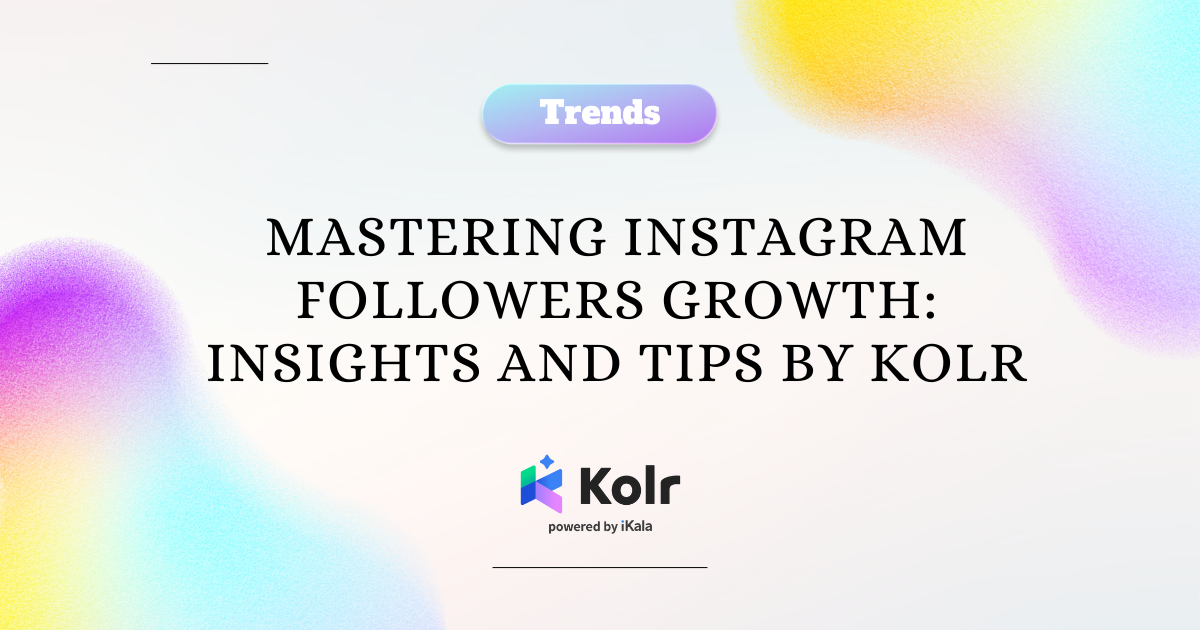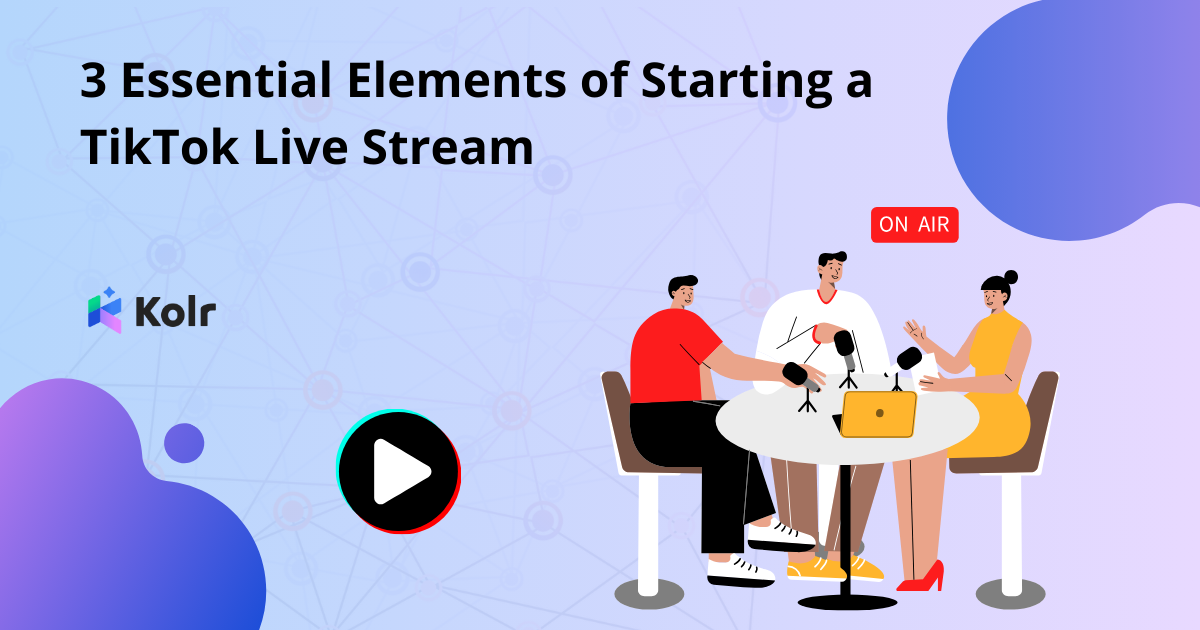Influencer marketing has become a powerhouse industry that few could have predicted. It began in the early days of YouTube when creators started uploading content to monetize their channels. These ranged from everyday topics like beauty tutorials, cooking videos, and daily vlogs to more eye-catching ones like song covers, humorous skits, and short films with emotional impact.
As platforms like TikTok and Instagram Reels emerged, content creation became more casual and accessible, allowing brands to engage with a wider audience.
Influencer marketing is now an integral part of the digital landscape. This marketing approach encourages brands to partner with influencers to promote products or services and has become a key strategy across industries, reaching audiences in more authentic and impactful ways.
In recent years, as more influencers have emerged, we’re seeing niche sectors tapping into influencer marketing as a powerful tool to reach and engage their target audiences.
In this article, we explore collaborations between influencers and niche industries in Malaysia:
1. Halal Food & Beverage Industry
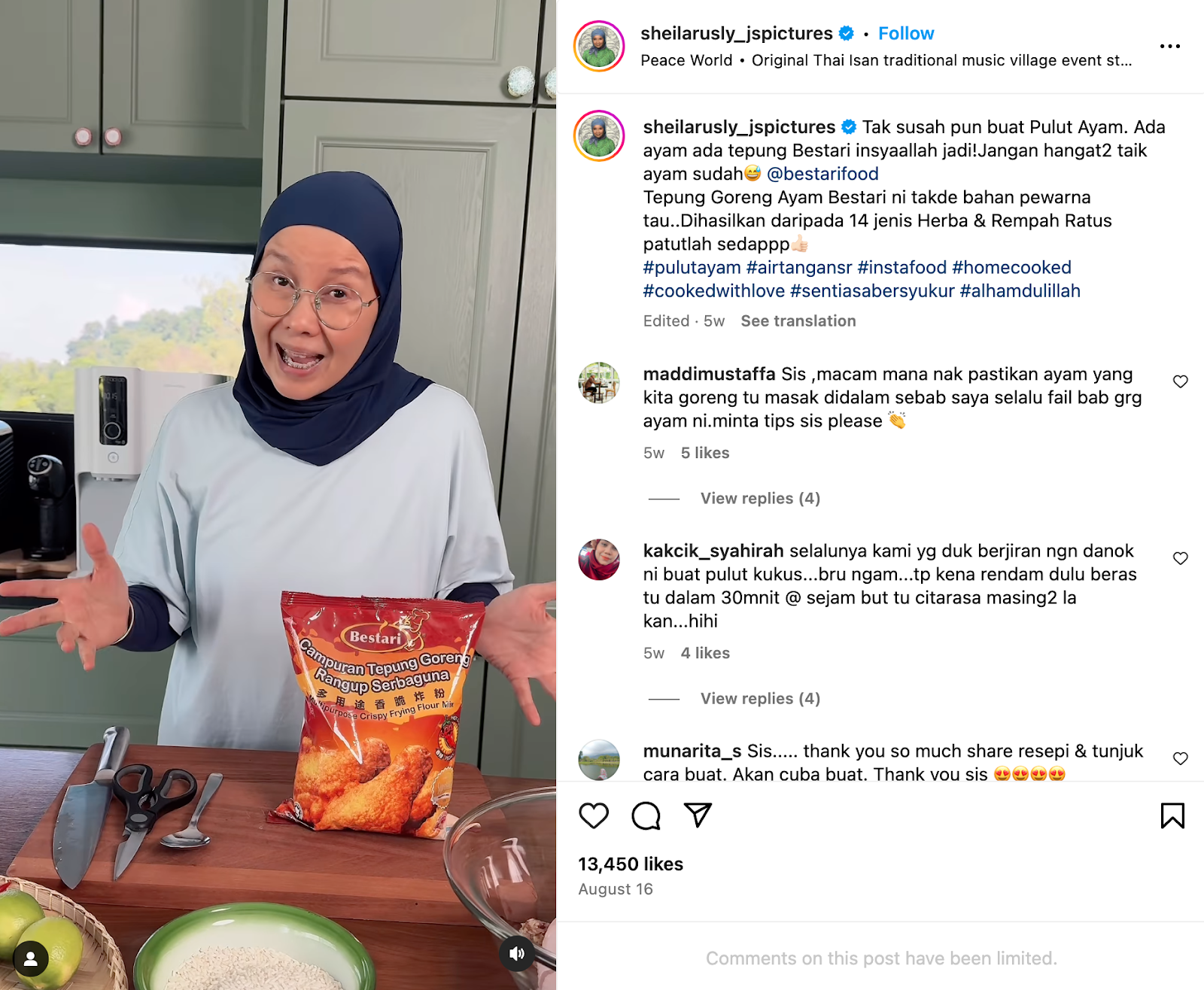
To promote their brands, halal food and beverage businesses have increasingly turned to social media and digital marketing alongside traditional advertising and food exhibitions. In a Muslim-majority country like Malaysia, influencer marketing has proven to be especially impactful, with platforms like TikTok reaching over 17 million Malaysian users.
Halal F&B businesses can collaborate with Muslim influencers who focus on halal cooking and travel content to effectively connect with their target audience and enhance their brand presence. Beyond collaborating with mega influencers such as entrepreneur Khairul Aming (@khairulaming) and the matronly home cook and traveler, Sheila Rusly (@sheilarusly), brands can also choose to partner with micro or nano-influencers for more authentic engagement and deeper audience connection, often at a lower cost.
Besides sharing recipes, product reviews, and cooking tutorials, collaborations can also take the form of live cook-alongs, exclusive discount codes, or limited-time giveaways, which help boost both engagement and sales. Through collaborations with trusted voices in the community, businesses can build stronger relationships with consumers and boost their credibility in the halal market.
2. Eco-Tourism and Sustainable Travel Sector
In Malaysia, the eco-tourism and sustainable travel sector is gaining momentum, driven by growing awareness of environmental conservation and responsible travel. With the June 2024 announcement of an upcoming ESG Certification for Malaysian hotels and resorts, the focus on sustainability in the hospitality industry is gaining traction. For businesses in this niche, partnering with influencers can be a powerful way to promote sustainable tourism experiences.
Travel bloggers, conservation advocates, and environmental activists are ideal partners to amplify messages around sustainability. Collaborations can include showcasing eco-friendly travel experiences, endorsing sustainable products, or highlighting destinations committed to green practices. For instance, Melissa Tan (@heymelissatan), a climate action advocate, recently partnered with Karl Lagerfeld to promote a plant-based, fully biodegradable leather bag.

By leveraging influencers who focus on conservation, businesses can effectively engage eco-conscious audiences while supporting Malaysia’s commitment to sustainable tourism. This approach enhances brand visibility and contributes to the growth of a more environmentally responsible travel culture.
3. Fintech Sector
Fintech, short for financial technology, refers to the integration of technology into financial services, transforming how individuals and businesses manage their money. From digital payments to blockchain-based platforms, fintech has made financial services more accessible, efficient, and secure. With the rise of blockchain technology and automated investment platforms that simplify wealth management and trading for users, the adoption of fintech in Malaysia has grown tremendously.
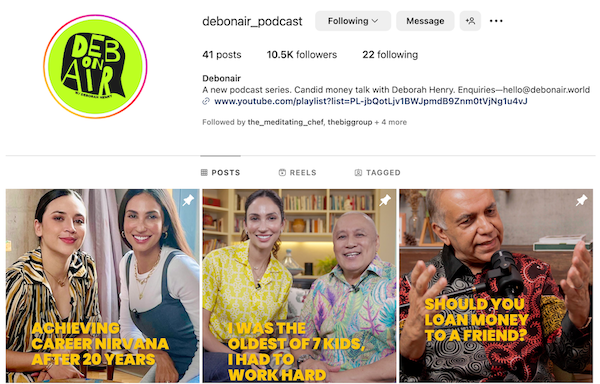
candid conversations with renowned people.
Engaging influencers such as financial bloggers, fintech experts, and investment advisors can significantly boost a brand’s reach. Public figures like Deborah Henry, model and host of the podcast Debonair (@debonair_podcast), which features candid conversations about money and finance, offer a unique platform to discuss financial literacy in a relatable way. Similarly, influencers like Mr Money TV (@mrmoneytv) and Dr. Adam Zubir (@dradamzubir) provide trusted financial advice and insights into fintech, helping users navigate complex topics.
These collaborations can be used to create educational content around fintech apps, blockchain technology, and financial literacy.
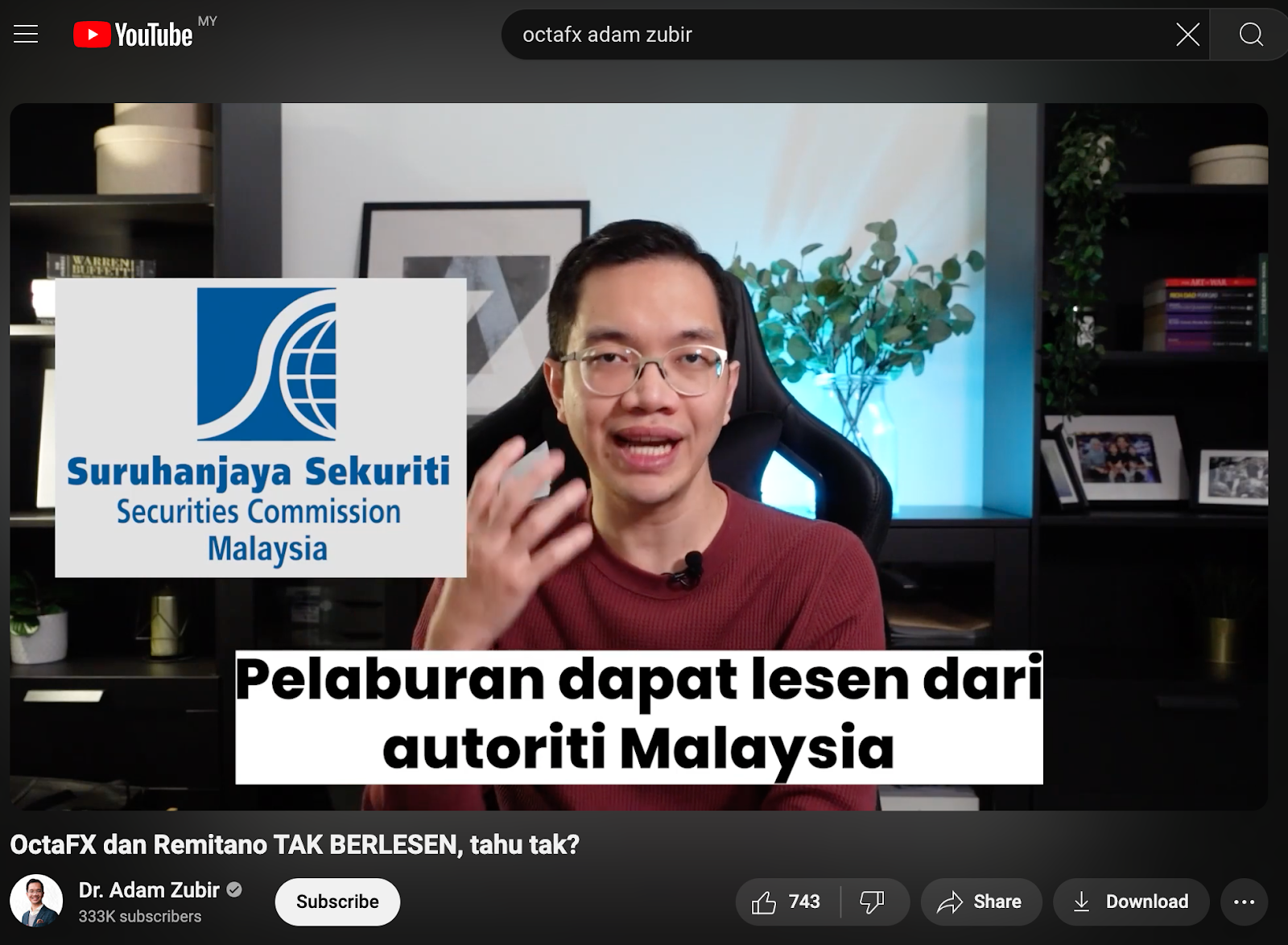
4. Gaming and Esports Industry

Gaming and e-sports have surged in popularity in Malaysia, and their popularity is in tandem with that worldwide. This creates a unique opportunity for brands to engage with a highly dedicated and growing audience. As the fourth largest gaming market in Southeast Asia, Malaysia offers significant potential for brands looking to tap into this rapidly expanding sector.
The Malaysian gaming industry has already demonstrated significant growth, projected to reach a revenue of RM 28.4 million in 2024, and is forecasted to continue expanding at a rate of 10.9% annually. With Malaysia ranked 21st globally in terms of game income, the potential for brands to benefit from collaborations with gaming influencers is immense.
Partnering with gaming influencers is particularly beneficial, as they offer genuine and engaging content that resonates with their followers. Based on a survey by Shopee that showed 33% of Malaysian buyers prefer watching reviews, vlogs, and unboxing videos, gaming influencers are ideally positioned to showcase products through these popular content formats. Through influencer collaborations with gamers, businesses can effectively capture the attention of a passionate and engaged consumer base while driving sales and enhancing their brand visibility.
5. Femtech (Female Technology) Sector
As the demand for women-centric health solutions grows in Malaysia, the femtech sector is rapidly emerging and driven by innovations in menstrual care, fertility tracking, and menopause support. Startups like ENYA, which offers organic cotton period pads through a subscription model, and Lumirous, an online platform for fertility and women’s health, are paving the way for a new wave of women’s health technology. This presents a timely opportunity for femtech brands to collaborate with influencers who resonate with their target audience.

By partnering with female tech bloggers, women’s health advocates, and entrepreneurial influencers, femtech brands can effectively raise awareness and build credibility. Strategies like product reviews of health apps, advocacy for women’s health technology, and endorsements of femtech startups can reach engaged audiences looking for authentic voices. For example, influencers can share personal experiences, provide product reviews, or lead discussions around women’s health, helping to create a deeper connection with their followers and enhancing the product’s trustworthiness.
Moreover, influencer collaborations are instrumental in breaking down cultural taboos surrounding women’s health, from menstruation to menopause, making these conversations more mainstream. By amplifying the voices of trusted influencers, femtech brands can make their products accessible to every woman, regardless of background, and help normalize the use of health technology as an empowering tool for women’s wellbeing.

6. Education and EdTech Industry
The pandemic has accelerated the rise of digital learning tools and platforms in Malaysia, as schools and institutions shifted to remote learning almost overnight. This disruption highlighted the need for accessible and innovative educational solutions, and EdTech platforms have since become essential in supporting students, teachers, and professionals alike. Digital learning tools now offer a flexible and convenient way to continue education, allowing learners to adapt to new environments while staying engaged.
In this evolving landscape, partnering with influencers who specialize in education and technology can help EdTech brands expand their reach. Influencers like Cikgu Hailmi, a prominent Malaysian educator who promotes digital learning through innovative teaching methods, can demonstrate how EdTech platforms enhance education and engage students effectively. These collaborations can include showcasing online learning tools, sharing tips for navigating remote education, or promoting tutoring services that support students’ academic growth. By leveraging influencers with a strong educational presence, EdTech brands can connect with learners in impactful ways.
Collaboration opportunities include showcasing online learning platforms through educational videos, sharing practical tips on navigating remote learning, or promoting tutoring services that support students’ academic growth. These influencers can bridge the gap between traditional education and digital transformation, helping EdTech brands connect with learners in a meaningful and impactful way.
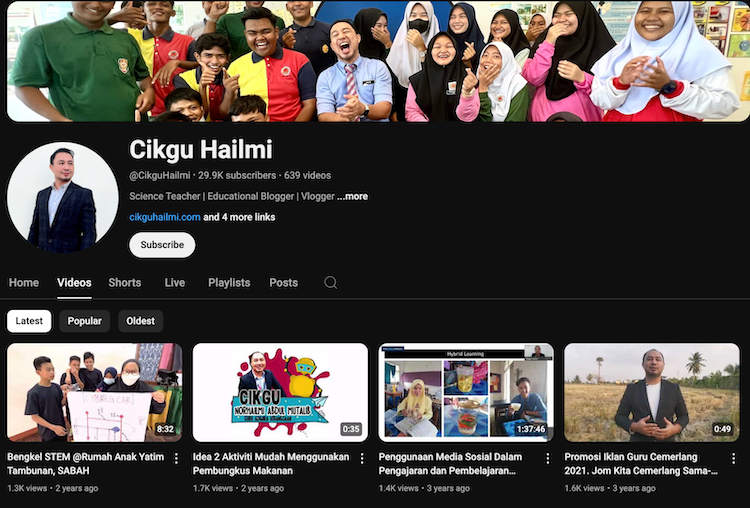
Conclusion
Influencer collaborations have proven to be a powerful tool for brands across multiple sectors in Malaysia, from fintech and halal F&B to eco-tourism and femtech. Choosing the right influencers who align with the brand’s values and audience can help businesses foster trust, engage meaningfully, and drive long-term growth in an increasingly digital landscape.
Looking to spark impactful influencer partnerships? Let KOL Radar be your compass. Harness the power of AI to uncover the perfect influencers for your brand, orchestrate campaigns effortlessly, and dive deep into performance analytics. Discover the full potential of your influencer marketing strategy with KOL Radar—tailored to meet your industry’s unique needs.
▶︎ This article may not be reproduced, reprinted, publicly broadcast, or publicly transmitted without permission. The copyright and image rights of the pictures and data referenced in this article belong to their respective owners.

